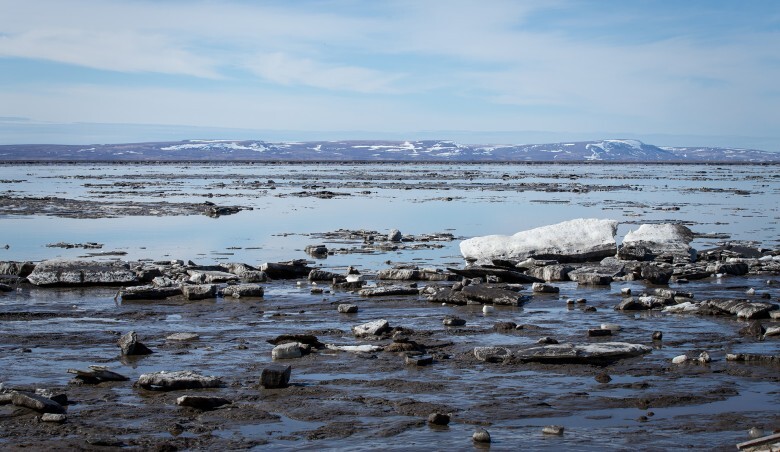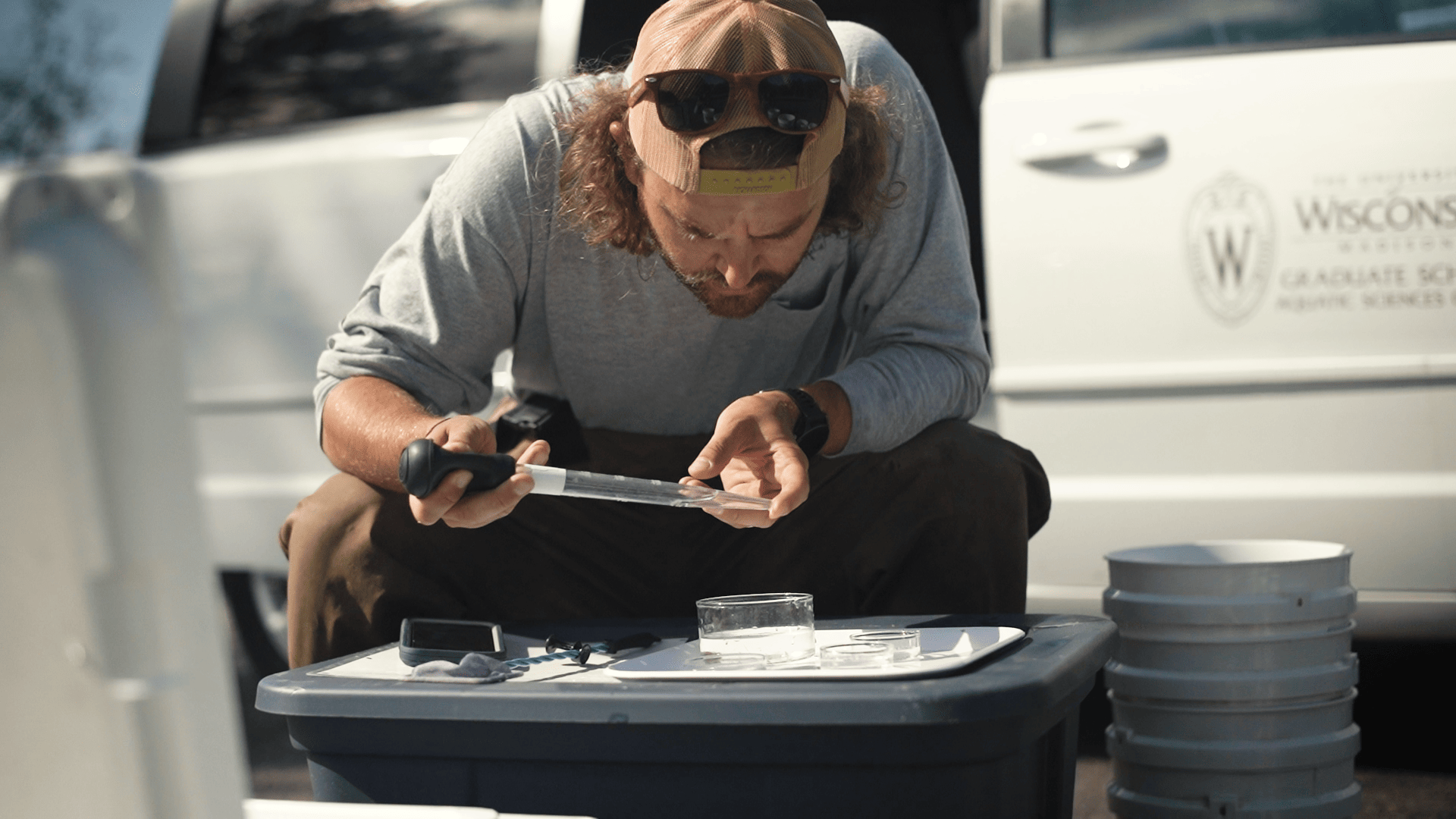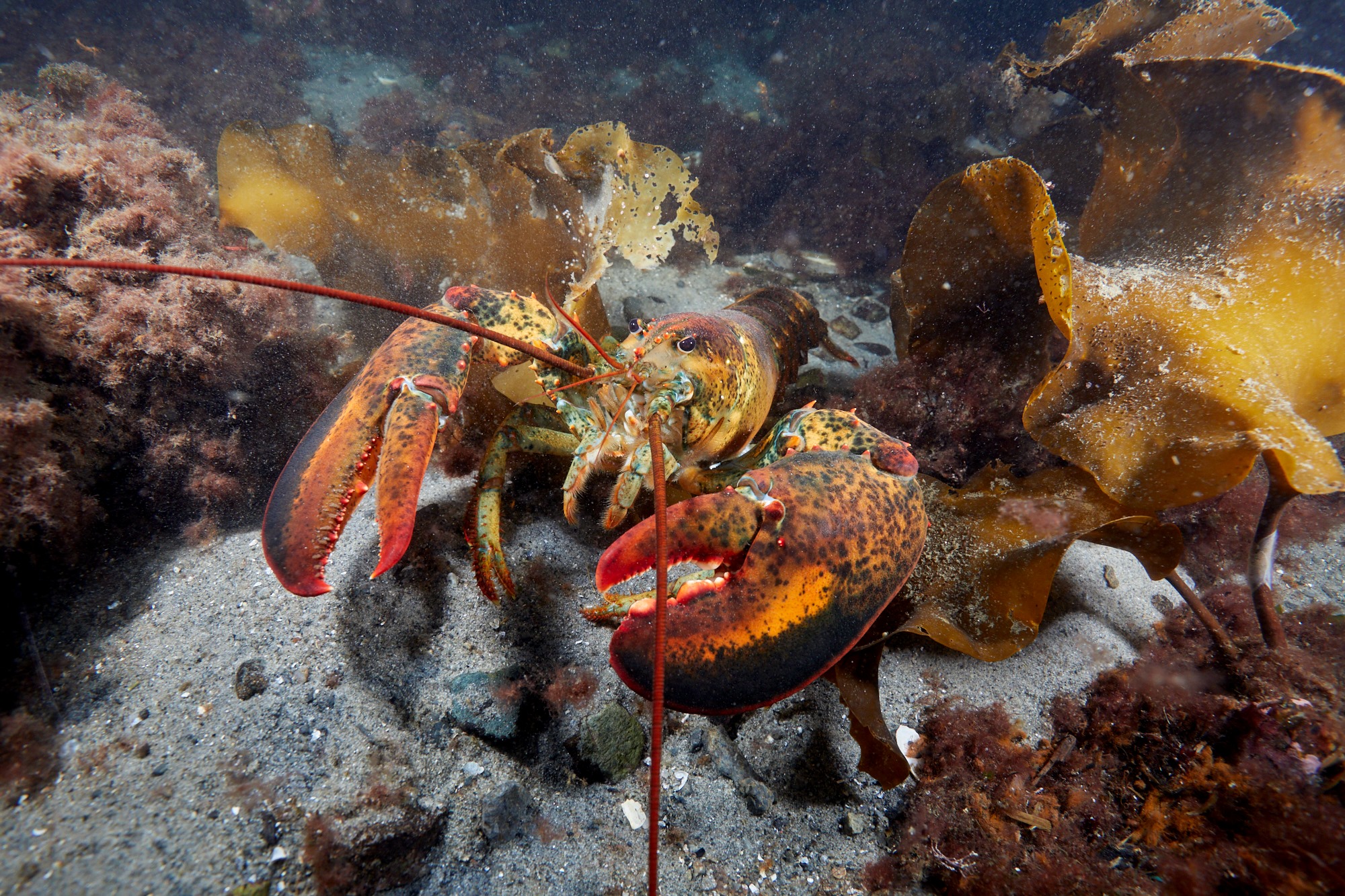New evidence about menhaden could inform new approaches to managing them
By: Jeffrey Brainard, Maryland Sea Grant
OILY AND BONY, they measure only about a foot long as adults. But Atlantic menhaden have been called the most important fish in the sea, with good reason.
They are among the favorite dinner choices of striped bass, the finfish species highly valued by commercial and recreational anglers in the Chesapeake Bay. Menhaden (Brevoortia tyrannus) are fished in their own right and processed into fish oil, fertilizer, and animal feed, among other products. This commercial fishery is the largest by quantity on the East Coast.
For a fish as important as menhaden, scientists and fishery managers want to know as precisely as possible how many live in the Chesapeake and the coastal Atlantic Ocean and where they are. The regulators are responsible for regularly conducting stock assessments of the menhaden population and determining how many fish can be harvested without reducing their numbers below sustainable levels.
To estimate the menhaden population, it helps to know not only how many are born but also how many die annually, not just from fishing but also from being eaten by larger fish. Maryland Sea Grant recently funded research projects that examined in new ways the menhaden death rate and other questions, yielding some unexpected results.
The timing for an expanded understanding of menhaden is good: regulators are considering whether to use new methods to adjust their existing approach to managing the species. Researchers hope to help answer a long-standing question: do existing harvest levels leave enough menhaden in the Chesapeake Bay and Atlantic Ocean as food for predator fish, such as striped bass, that we humans in turn like to eat?


